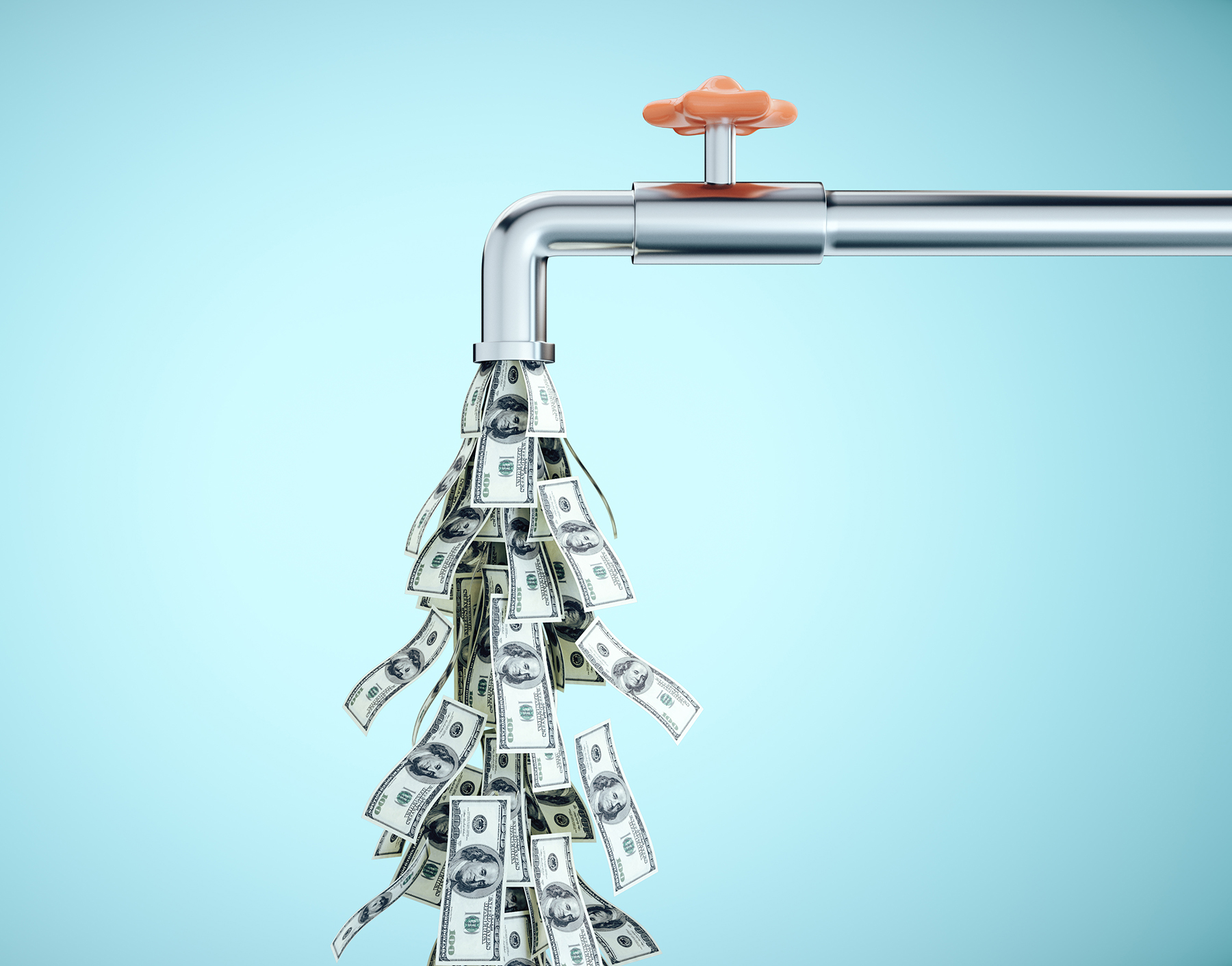Will Record Deficits and Easy Fed Policies Ignite Inflation?

Will Record Deficits and Easy Fed Policies Ignite Inflation?
Three years ago, a client asked how long can our country continue to run deficits without experiencing negative consequences? With ever-expanding deficits and recent central bank interventions, this topic is timelier than ever. The United States’ last major experience with inflation started in the late 1960s. This forced the U.S. off the gold standard in 1971 when our trading partners wanted gold instead of our paper money. Some of you may remember a time when our coins were “hard money,” because they were made of silver before 1965. After 1971 our currency was no longer tied to gold or any other asset, which unleashed a period of price inflation that increased by tenfold before it subsided. This inflationary period did not end until 1980 when newly appointed Fed Chair Paul Volcker implemented the painful but successful policy of controlling the money supply.
Our current Fed is concerned that high debt levels in our economy could have a deflationary impact that would be triggered by a severe recession This explains their dramatic moves before and during this Pandemic. Inflation is not that evident in day-to-day living costs, but we are seeing very firm housing prices in some markets and rising gold and stock prices.
Researcher Peter Bernholz analyzed 29 hyperinflations (defined as over 50% a year) and found that at least 25 of them have been caused by government budget deficits financed by currency creation. “Loose monetary policy allows a government to devalue its debts and avoid a tax increase,” states Wikipedia’s article on hyperinflation. Monetary inflation is effectively a flat tax on savers that benefits private borrowers proportionately, as is well understood by real estate developers. The currency creation, now known as Quantitative Easing, and deficits have been the norm since 2009.
Most hyperinflations historically have been associated with losing a war, such as in Germany after World War I. More recently, they have now started to happen in populist and socialist-leaning countries like Brazil in the early 1990s. When people lose confidence in their currency, they want to spend it faster before it loses more of its value. Spending snowballs until the currency becomes worthless, as famously happened in Germany in the early 1920s where people used wheelbarrows to haul paper money to the store. Hyperinflation ended when the (often new) government is forced to adopt a new currency because they cannot raise any real revenue from taxing a worthless currency. In 1987, Bolivia pegged its currency to the US dollar as their solution. In Syria today, the people now prefer the Turkish lira which still has real value.
When trying to stop accelerating inflation, there are no real options to the abrupt and painful change option that Volcker implemented. Fortunately, there is still a great degree of confidence in our currency and our Government bonds, which are viewed as the most secure in the world. But, is this exalted position showing fraying around the edges as exhibited by the rising gold prices? Current trends beg the question of, would our country have the political will to implement the Volcker style of a clampdown to stop accelerating inflation?
So where should an investor place his money today? JP Morgan analyst Harm Meijer published a study on various assets during hyperinflationary periods, and stocks did relatively well as they represent real assets, as shown in the nearby chart. German bonds were denominated in the currency that became worthless, so they did not protect anyone. In conclusion: stay diversified across asset classes and own leading companies with good balance sheets.
Sources:
Wikipedia – Hyperinflation, Wikipedia – Hyperinflation in the Weimar Republic
Business Insider - Here's What Happened to Stocks During the German Hyperinflation
